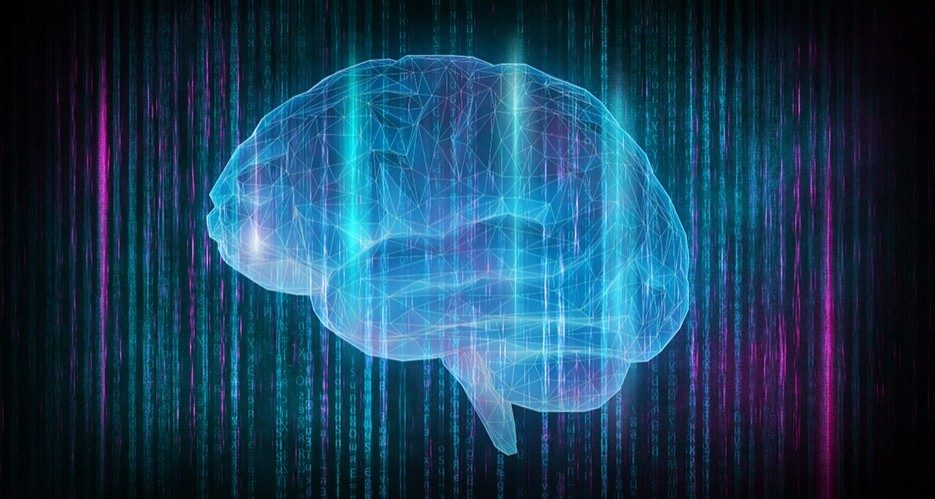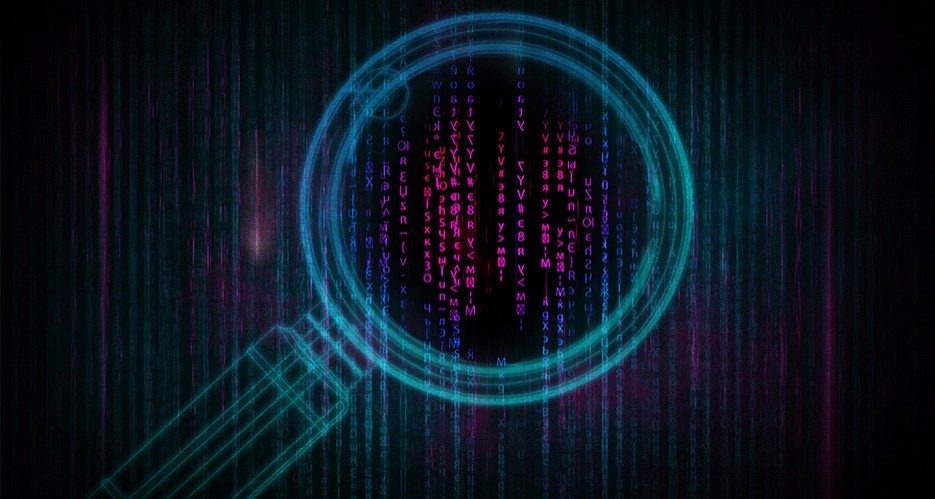
Mimicking the Human Brain
AI is typically defined as the simulation of human intelligence by machines. While the concept has been around for years, its popularity has skyrocketed with computer hardware improvements and the introduction of big data.
“While there are many mathematical techniques behind AI, neural networks mimic the learning patterns of the human brain, where multiple, highly interconnected elements work together to solve a problem,” shared John Hebeler, Lockheed Martin principal engineer.
Neural networks enable quicker and smarter AI machines, for example, an object recognition system. This system could be fed thousands of images of cars, houses, people, and so on, and it would find visual patterns in the images that consistently correlate with a particular object. And the more data you feed it, the more accurate it will become.
Finding a Needle in a Haystack

Today, data is generated with every key stroke.
The International Data Corporation's Data Age 2025 study predicts that the world’s data will amount to 163 zettabytes by 2025. To put this in perspective, smartphones have 32 gigabytes of data capacity. To get to one zettabyte, you would have to fill about 44 billion smartphones with data.
This sheer magnitude of data requires cyber experts use tools like pattern recognition systems to help sort through it all.
“When information is well-organized and easily accessible, analysts can spend more time leveraging information and understanding changes to an adversary’s tactics, techniques and procedures,” said Gary Katz, Lockheed Martin cyber security architect.
Stopping an Attack
AI not only reduces the noise of data, it also spots unusual behavior and sets a red flag. This allows experts to focus on priority threats and take measures to stop them.
“With AI, you can train a machine to detect malicious activity on a network by teaching it to look for patterns that are considered normal behaviors, such as web browsing or streaming video,” explained Alex Hrybyk, Lockheed Martin software engineer. “Then, when somebody downloads a piece of malware, the pattern is broken, and a cyber analyst would be flagged to check it out.”
Human insight and knowledge is vital to determining the depth of an identified threat and establishing how a machine should react to a specific scenario. Combining human expertise and AI systems provides better results than either human or machine alone.
“It’s about supporting people, not replacing them,” said Katz.
Continue learning about the technology Lockheed Martin is using to mitigate cyber threats.




